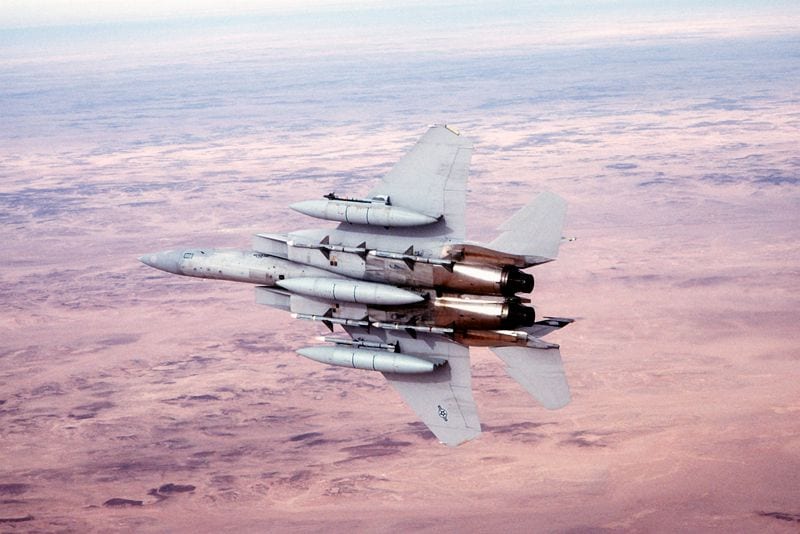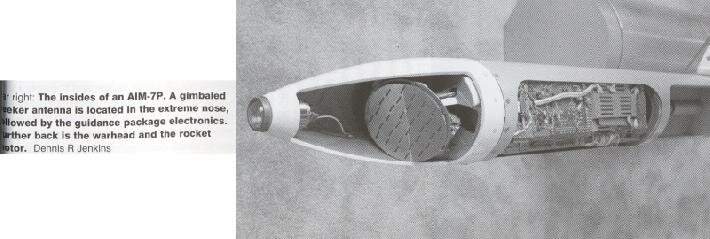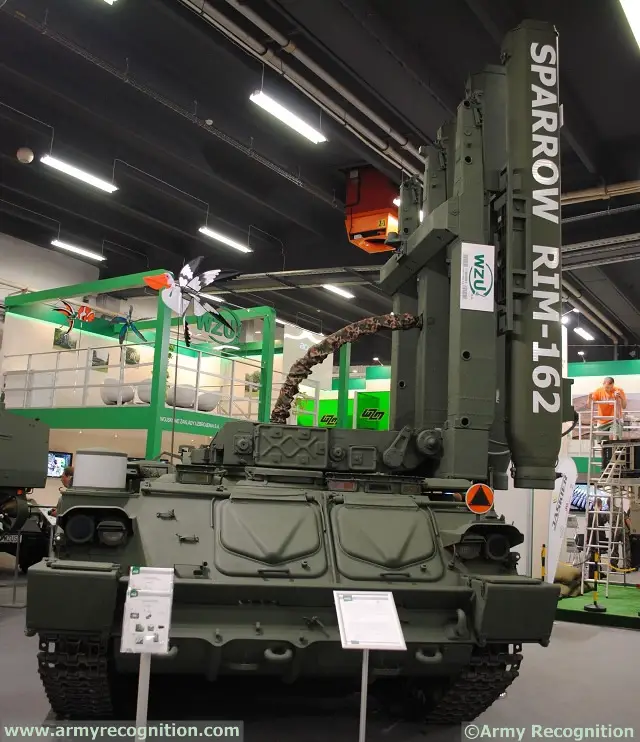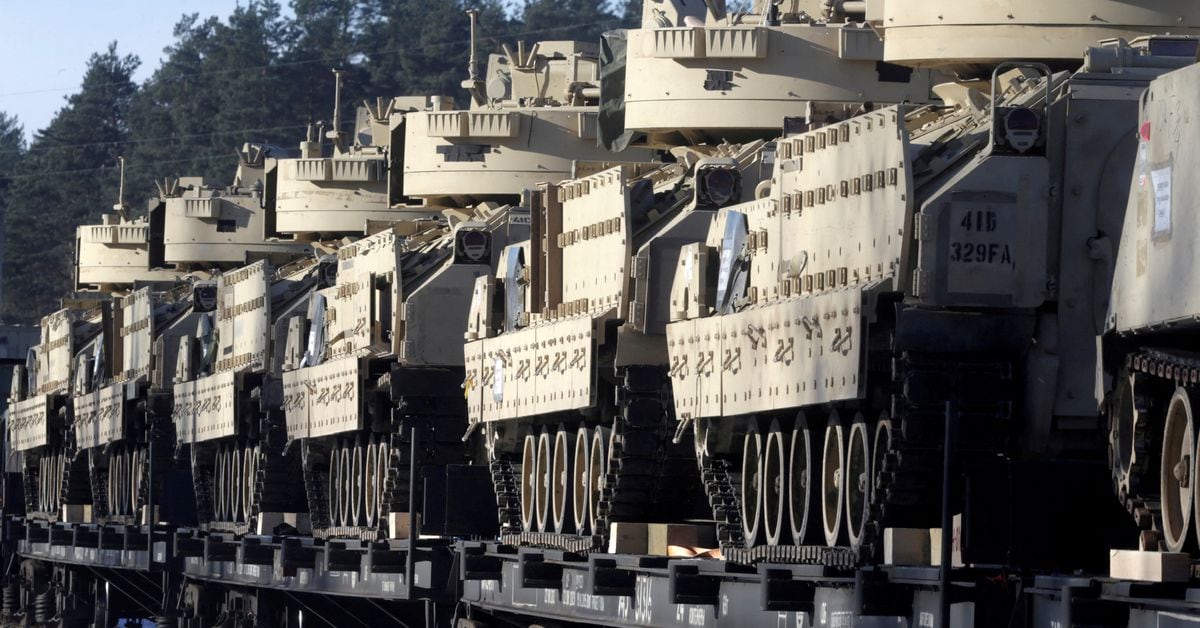I wonder if their was ever any consideration for an air to air ESSM?
Sort of, back in the early 2000s there was a proposal for the AIM-120D, which was intended to include a propulsion upgrade, could be mated to the ESSM motor and aft section. Other options considered were a six inch longer motor, a dual pulse motor, or air breathing options. However Iraq and Afghanistan were consuming all the money, and many programs were forced to sacrifice capabilities to make funds available for those wars—the AIM-120D being one of countless examples of this happening.
This proposal however lives today in the form of AMRAAM-ER for NASAMS, which Raytheon is now offering to modify into an air launched weapon as a competitor to Meteor and AIM-260.







